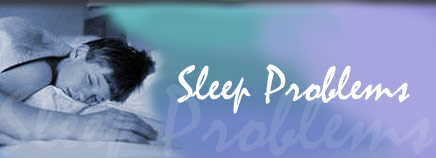
image found on Kids Health

image found on Kids Health
Paroxysmal disorders are disorders that come on or recur suddenly.It is a sleeping disorders evidence by a disruptive patterns of sleep, that make either falling asleep , staying asleep difficult, or falling asleep for any normal lenght of time problematic. Sleeping disorders are believed to be associate with hereditary, and are very common in toodlers and young children. It isnot uncommon to witness certain sleeping disorders in babies as young as 6 month old. More than 30 percent of preschoolers suffer from some type of a sleeping disoder which usually disappear by the time the child reach adolentence. Some of these sleeping disorders are: nightmares, sleepwalking, bedwetting, and night terrors.
Night Terrors ( also known as Pavor Nocturns ) are characterized by that of sudden arousal from sleep, with that of a piercing screaming or crying which usually occur as early as 15 to 30 minutes after the onset of sleep. Night terrors , are believed to appear in stage four of sleep. During the episode, the individuals heart and breathing rates increase and the child's eyes may be open, but they probably will not remember what happened when awaken. they often have a feeling of being scared. Night terrors have been known to be mis- diagnose, and labeled as a child having a nightmare. Nightmares, unlike night terrors, occur in the third stage of sleep ( dream sleep ), while, night terrors are believed to appear in the fouth stage of the sleep cycle ( deep sleep ). Nightmares are caused by the subconsciou with recollection of a traumatic incident. Night terrors are largely caused by a physicalogies cause, with the child having active body movement and a sleeping brain. With a nightmare a child is able to recall the nightmare, whereas the chid experencing a night terrors the opposite would be true, and the child would be unable to recall the events.